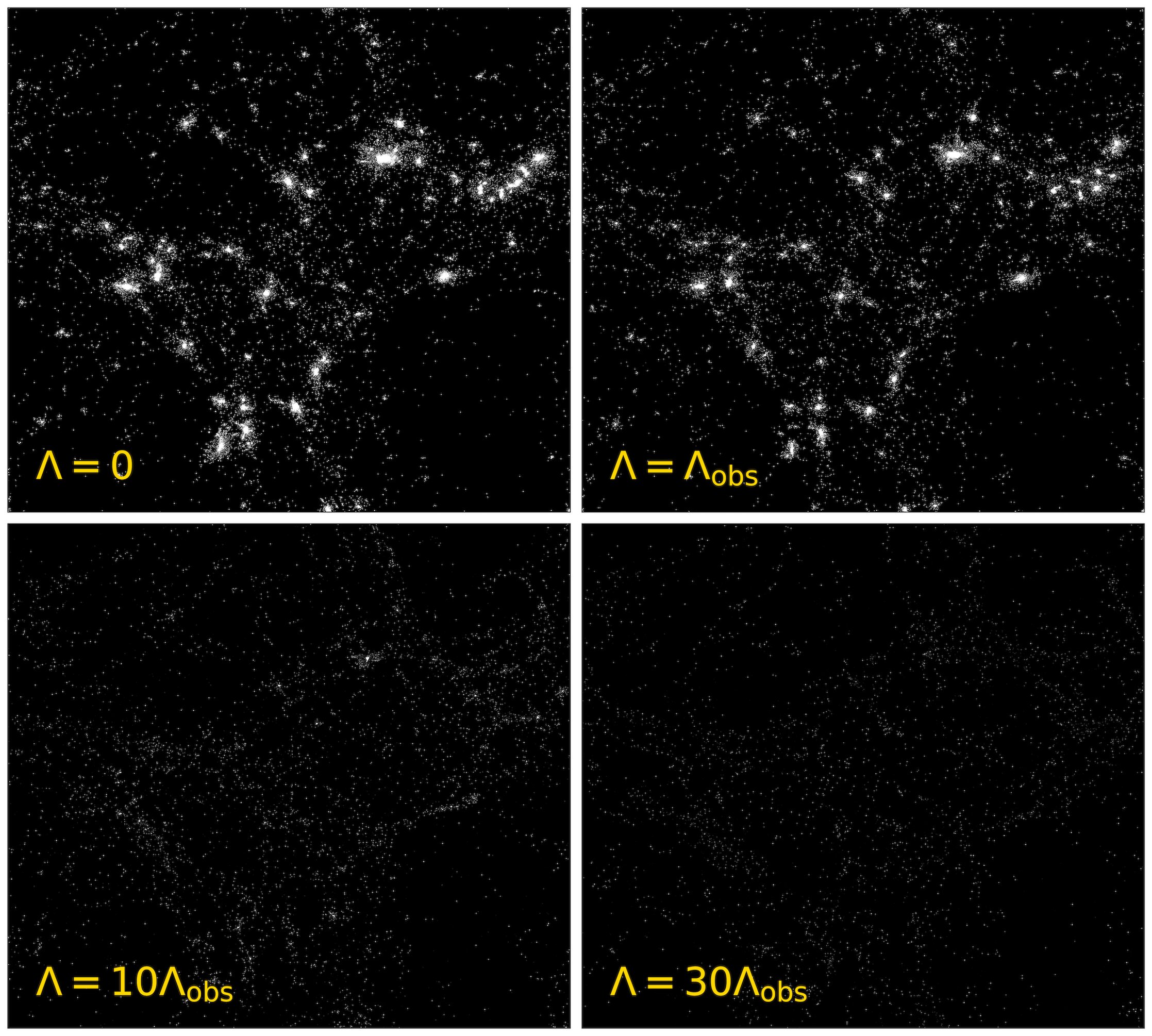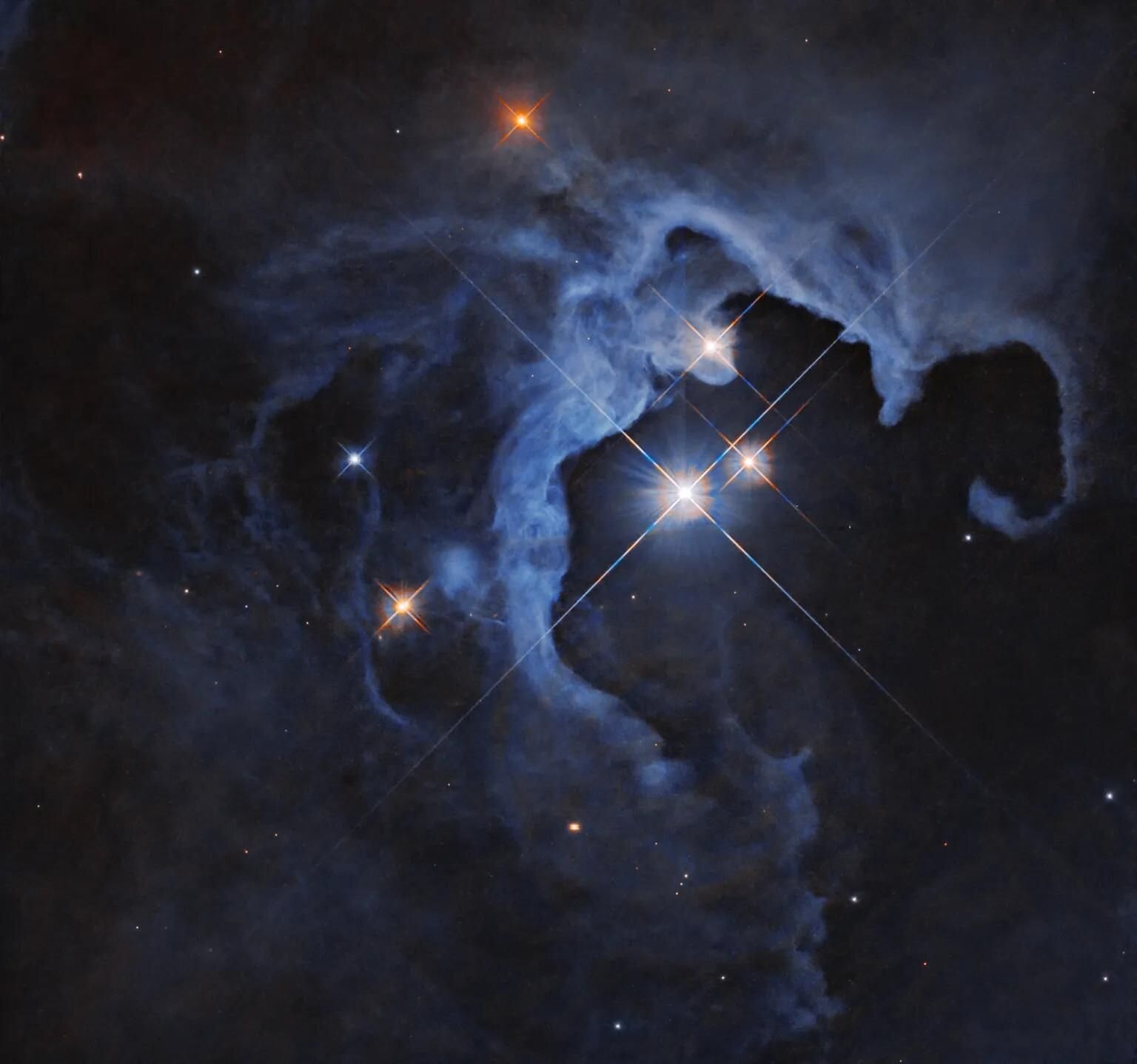Discovery: other universes more conducive to life than ours 👽
Published by Adrien,
Source: Monthly Notices of the Royal Astronomical Society
Other Languages: FR, DE, ES, PT
Source: Monthly Notices of the Royal Astronomical Society
Other Languages: FR, DE, ES, PT
Follow us on Google News (click on ☆)

Impact of dark energy density on star formation in various cosmological simulations.
Credit: Oscar Veenema
Dark energy, a mysterious force responsible for the accelerated expansion of the Universe, accounts for more than two-thirds of its composition. Its influence on star formation and, consequently, on conditions favorable to life, is at the heart of this study. Unlike the Drake Equation, a famous tool for estimating the number of detectable extraterrestrial civilizations in our galaxy, this model explores the relative probabilities of observers existing in different hypothetical universes.
Researchers analyzed the amount of ordinary matter transformed into stars in simulated universes with varying dark energy densities. In a universe optimized for star formation, about 27% of ordinary matter is converted into stars, compared to only 23% in our Universe. This indicates that we do not live in the most cosmically favorable configuration for the emergence of life.
Dr. Daniele Sorini, leading this research, explains that the study helps to better understand why our Universe has its particular parameters. He also emphasizes that much higher dark energy densities would still be compatible with the emergence of life, challenging the idea that our Universe is particularly privileged.
Dark energy acts as a delicate balance, accelerating the expansion of the Universe while allowing gravity to structure matter into galaxies and stars. For life to flourish, these structures must remain stable for billions of years, providing the time needed for complex biological processes to emerge.

Triple star systems like Alpha Centauri, potentially harboring habitable planets.
Credit: NASA, ESA, G. Duchene
The study shows that the optimal density of dark energy to foster life results from a fine interaction between star formation processes and the large-scale evolution of structures in the Universe. These findings pave the way for further exploration of the question of life in hypothetical universes.
According to co-author Professor Lucas Lombriser of the University of Geneva, this approach could also help reconsider fundamental questions about our own Universe. Applying this model could revolutionize our understanding of the necessary conditions for life.
Inspired by the Drake Equation, this method links the rate of star formation to fundamental parameters such as the density of dark energy. Unlike its predecessor, it does not aim to precisely quantify the number of civilizations but rather to evaluate the relative probability of life emerging in different cosmological contexts.